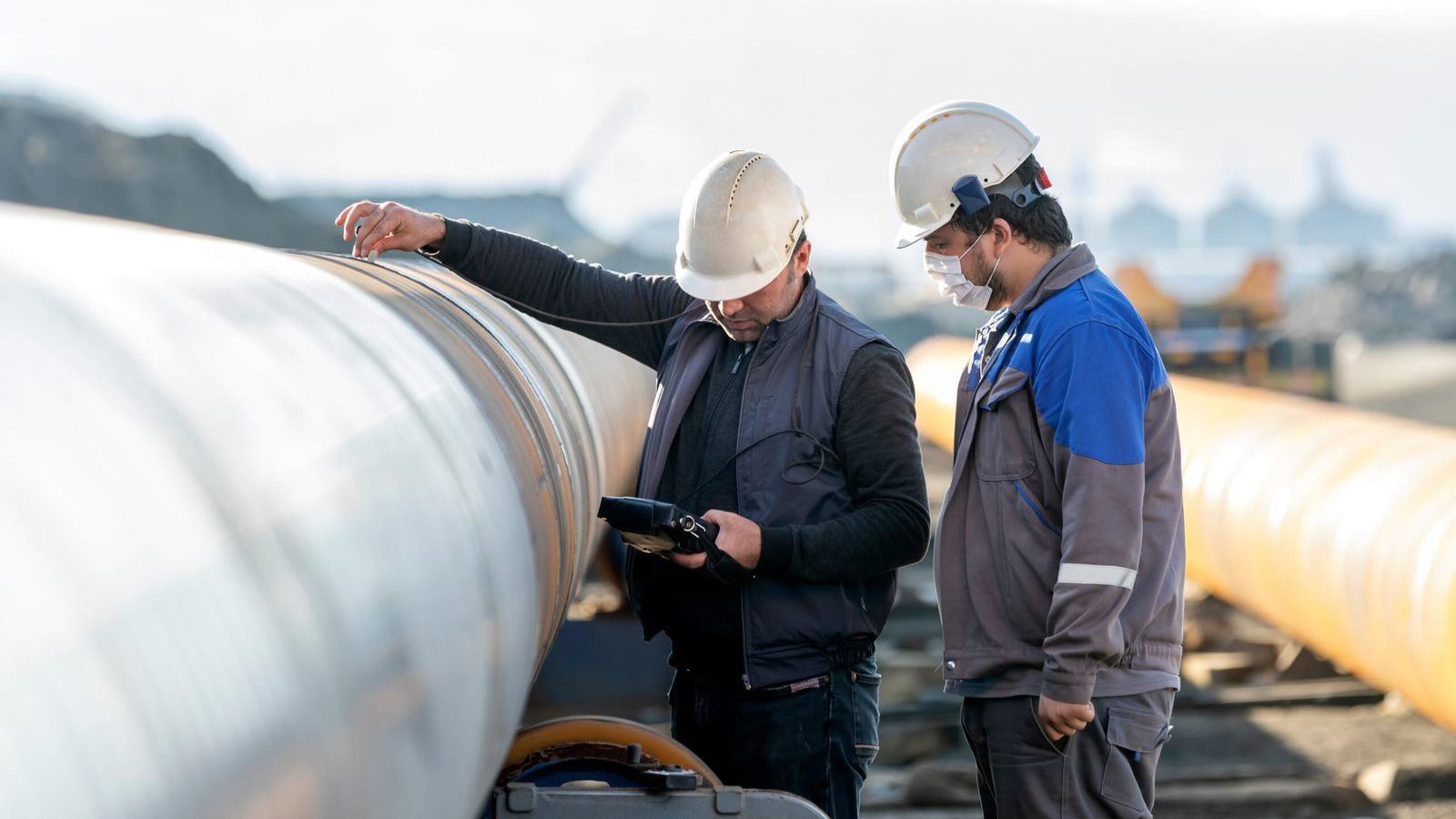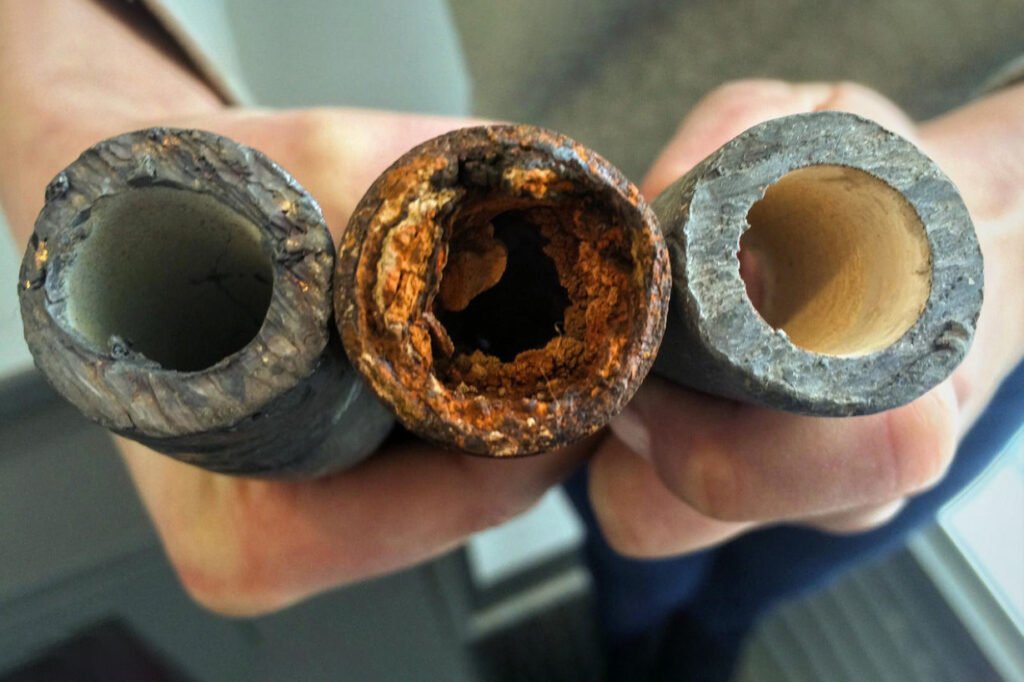
Leakage in Numbers: A Global Comparison of Water Distribution

Leakage in Numbers: A Global Comparison of Water Distribution
Leak localization within water distribution networks is a critical task, yet it comes with its fair share of uncertainties. Understanding the origins of these uncertainties is crucial for efficient and accurate leak detection.
This post will be divided into several components, which are:
Table of Contents
ToggleI. Network Changes Uncertainties
First, as we know, water distribution networks are not static. It evolves over time due to various factors such as maintenance, expansion, and aging infrastructure.
However, when we build the steady-state hydraulic model, we make the assumption that network parameters such as pipe roughness coefficients will remain constant over time. This assumption simplifies the modeling process, but it does introduce potential uncertainties.
Consider galvanized iron as an example. We often use this material for pipes in water networks because it is strong and durable. When we include this material in our hydraulic model, we assume a Darcy-Weisbach roughness coefficient of around 0.5, assuming the pipe is well-maintained and in good condition. However, as the pipe ages and corrodes, the roughness inside it increases, and our initial assumption becomes less reliable.

Consequently, these changes affect pipe diameter and roughness coefficients of Water Distribution Network (WDN) links, as well as the hydraulic model. Model calibration therefore becomes an important prior step for accurate leak localization.
Several studies has been done to investigate the effectiveness of hydraulic model calibration. However, as reviewed by David Steffelbauer, it should be combined with parameter uncertainty quantification method.
II. Demand Changes
Secondly, variations in water demand patterns add an extra layer of uncertainty. Consumer demands can stochastically vary due to climate change and different socio-economic characteristics.
High-demand periods can strain the network and potentially lead to leaks. Moreover, changes in demand affect flow rates and pressure levels within the pipes, complicating leak detection efforts.
Calibrating the model iteratively is necessary due to the mismatch between demand pattern in the actual field and the hydraulic model. During the calibration process, Xie, Xiang Xie, and Hou (2017) scientifically proved that Monte Carlo (MC) analysis and Kalman Filters can quantify the uncertainties. As a result, it will help reducing uncertainty in structure, parameters, and model inputs.
III. Measurement Accuracy Uncertainties
Getting measurements right is crucial for finding leaks. But sometimes, sensors can cause uncertainties due to their limits, calibration problems, or being placed incorrectly. These issues can make it harder to understand how the network behaves and locate leaks accurately.
To improve accuracy, make sure to keep your measurement equipment well-calibrated and maintained, place sensors correctly, and consider using high-quality ones
IV. Measurement Locations
The locations where we place sensors introduce uncertainties because they can be connected through hydraulic effects, resulting in various levels of uncertainty. So, deciding where to put sensors is a crucial part of finding leaks.
Figuring out the best spots for sensors can be challenging since there are multiple possible solutions. Different methods can give us the same results for where and how many sensors to use. According to Steffelbauer and Fuchs-Hanusch (2016), the accuracy of leak detection is more affected by uncertainties in demands and model parameters than by the specific optimization method or objective function we choose
V. Choosing Models, Objectives, and Constraints in Solution Strategies
Many leak localization methods make assumptions that aren’t very realistic. For instance, some methods assume there’s only one leak, high magnitude leak, or that leaks only occur at specific points instead of along pipes.
These assumptions are made because we’re usually trying to find new leaks, and it’s rare for multiple leaks to happen at exactly the same time.
Finding leaks depends on where and how many sensors you use (Cugueró-Escofet, Puig, and Quevedo 2017). Also, when there’s a big leak, it can make it hard to detect smaller background leaks (Laucelli et al. 2015).
Conclusions
Uncertainties in leak localization are inevitable but manageable. By staying vigilant about network changes, monitoring demand patterns, maintaining measurement accuracy, strategically placing sensors, and selecting appropriate solution strategies, you can reduce the impact of uncertainties on leak detection.
Ultimately, achieving accurate leak localization plays a pivotal role in conserving water resources and maintaining the integrity of water distribution systems.
About Author
Tom, Ir. S.T., M.Sc., IPP.


